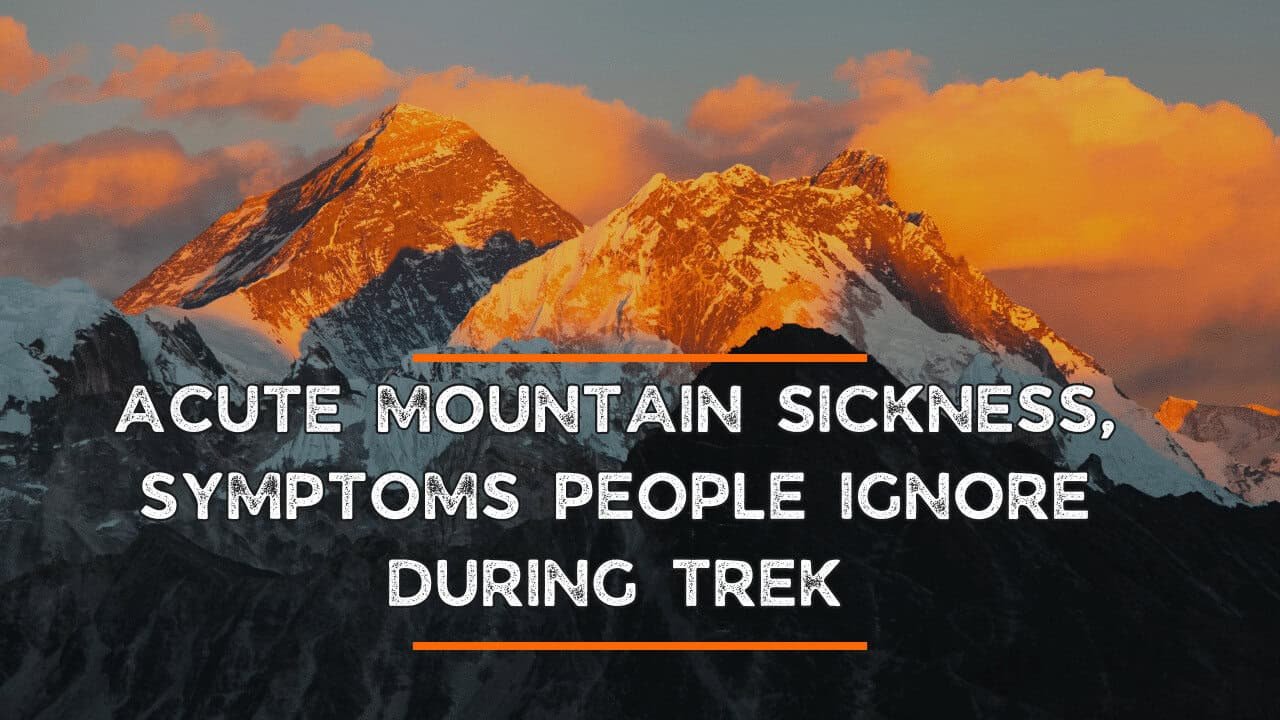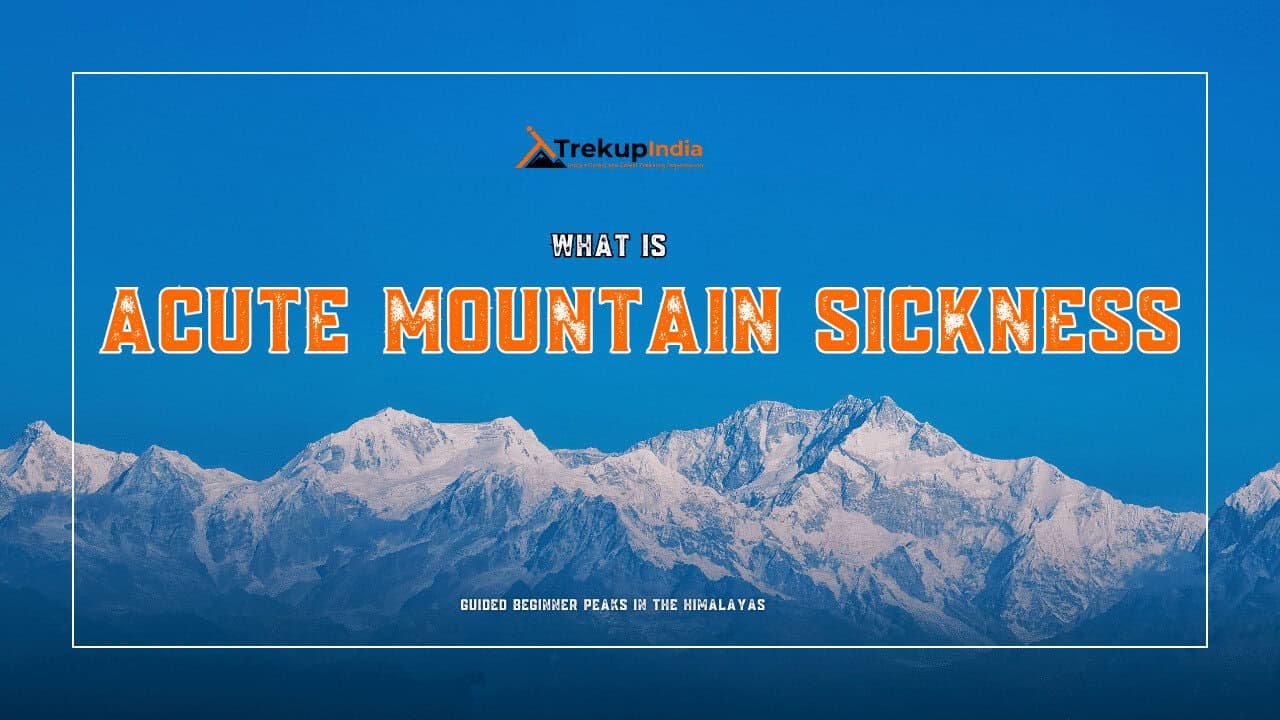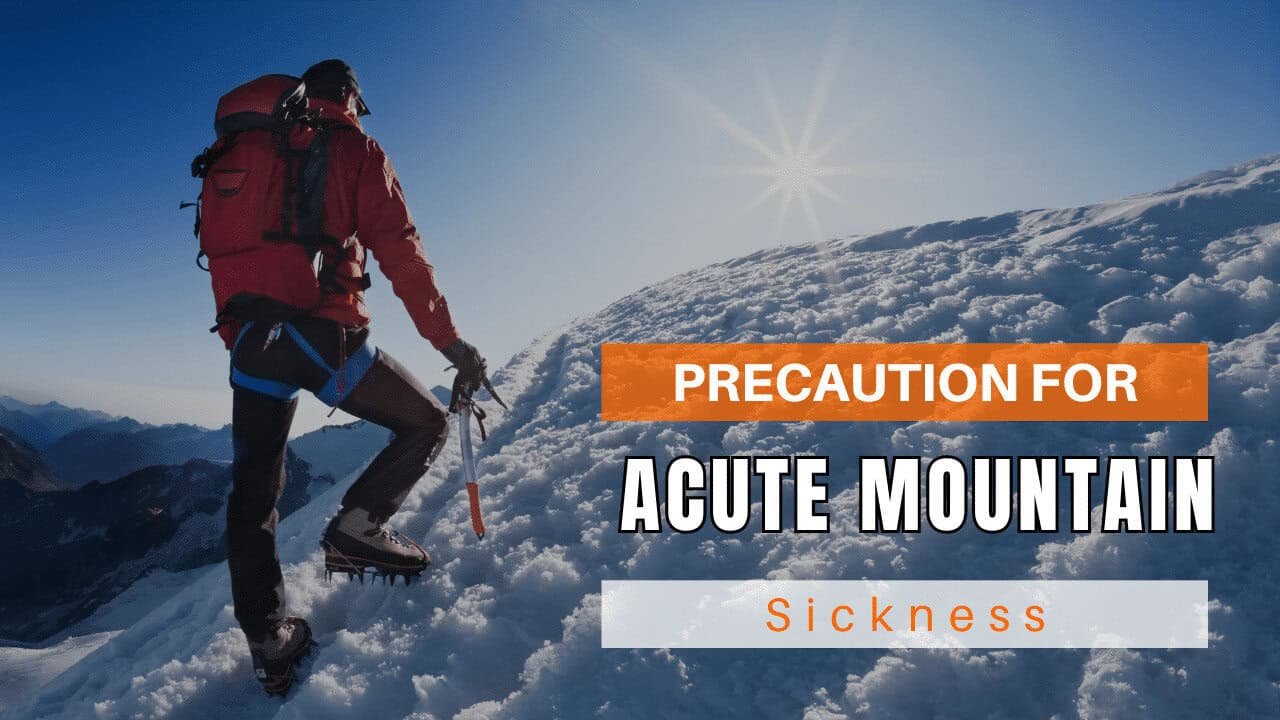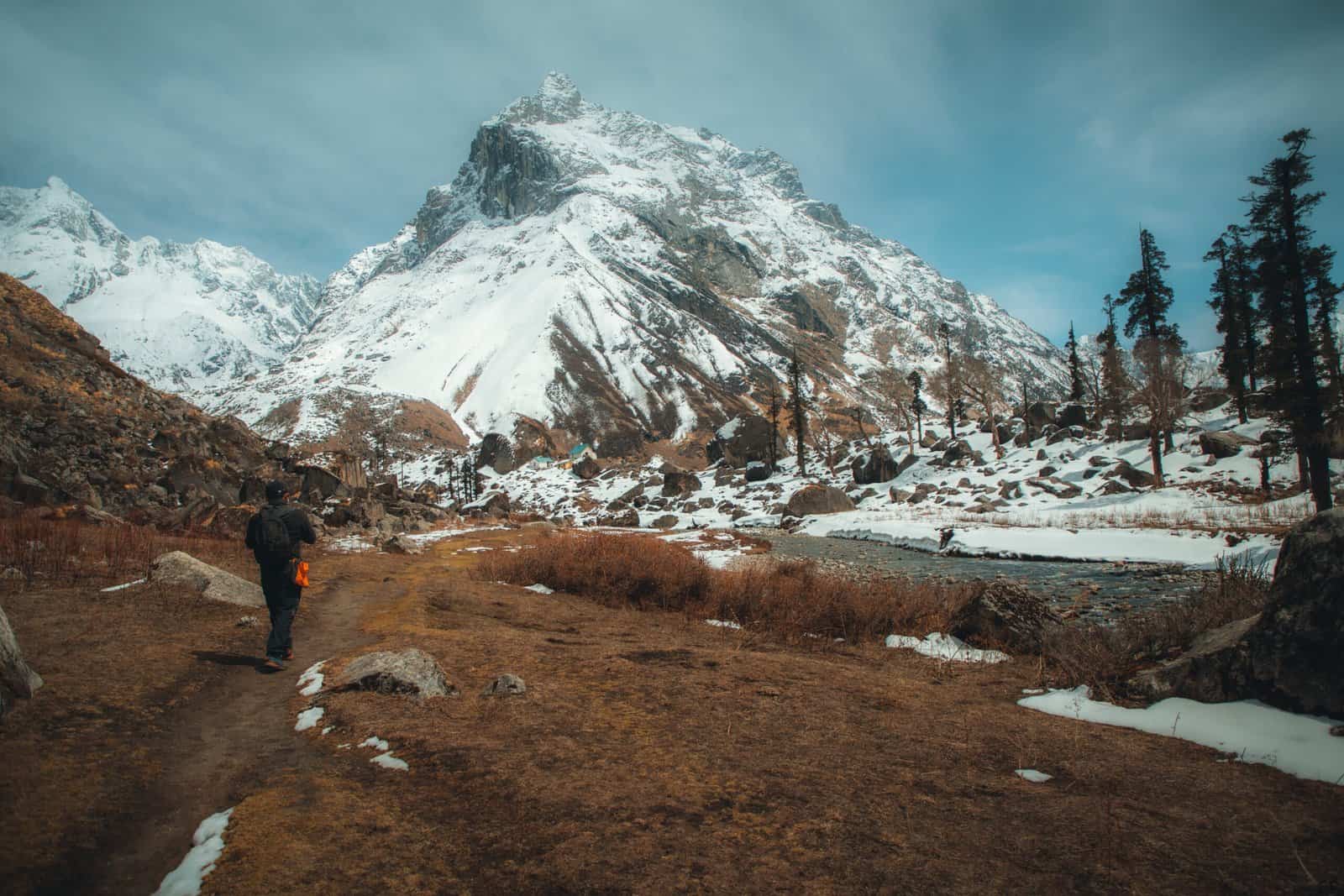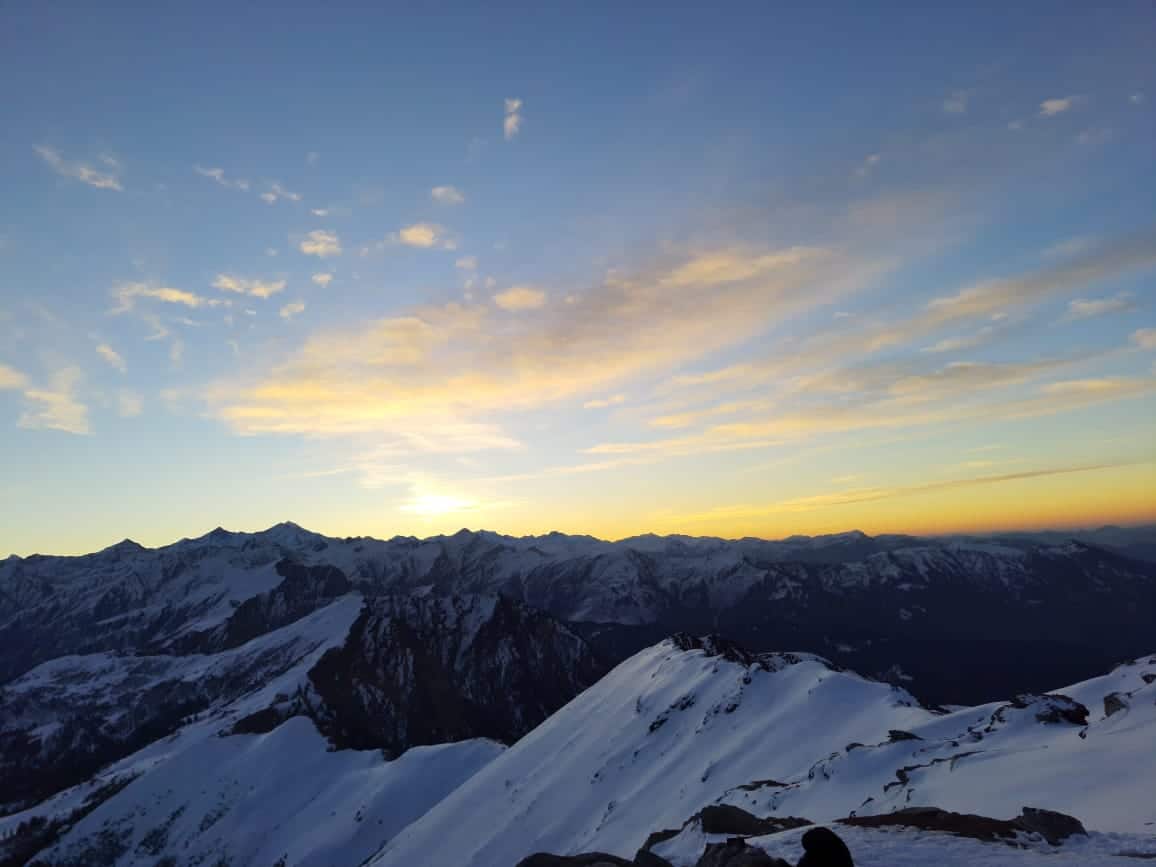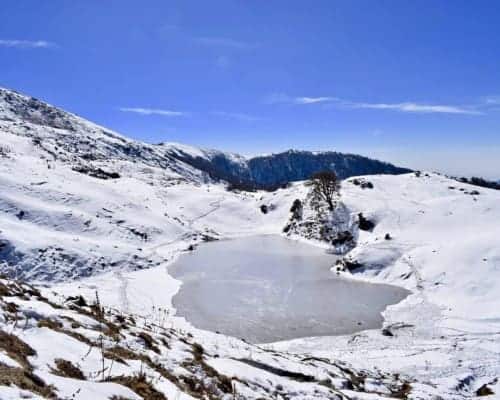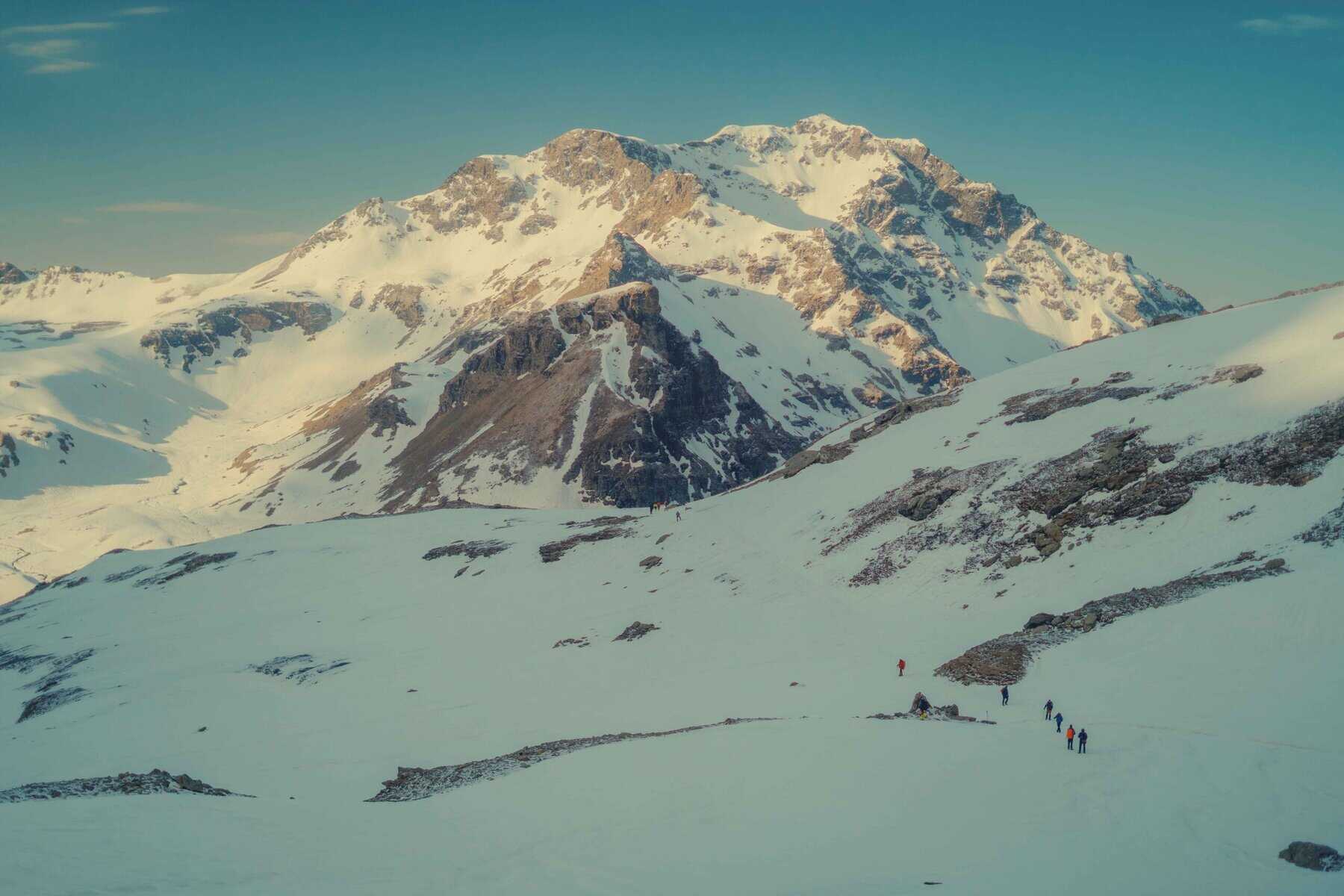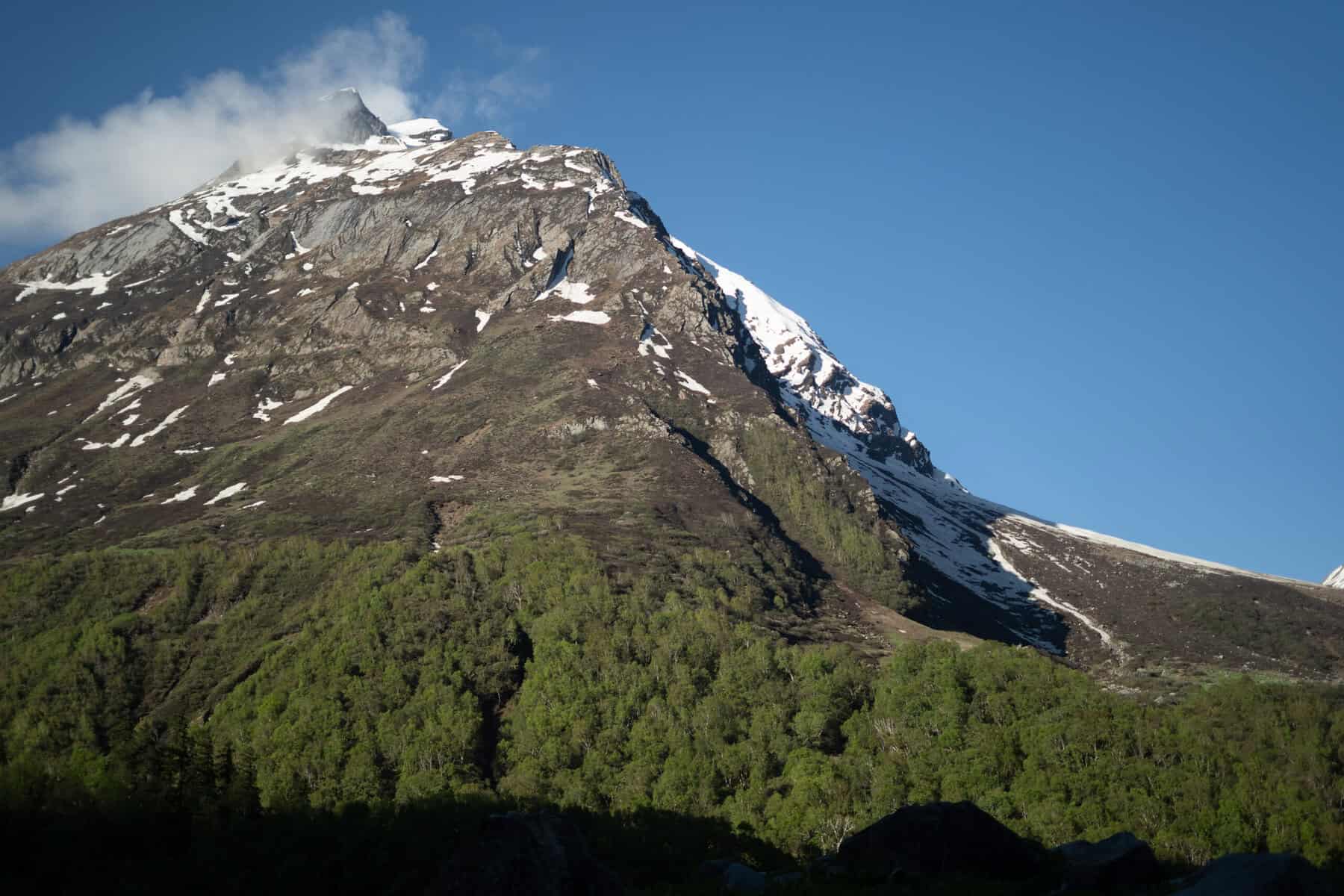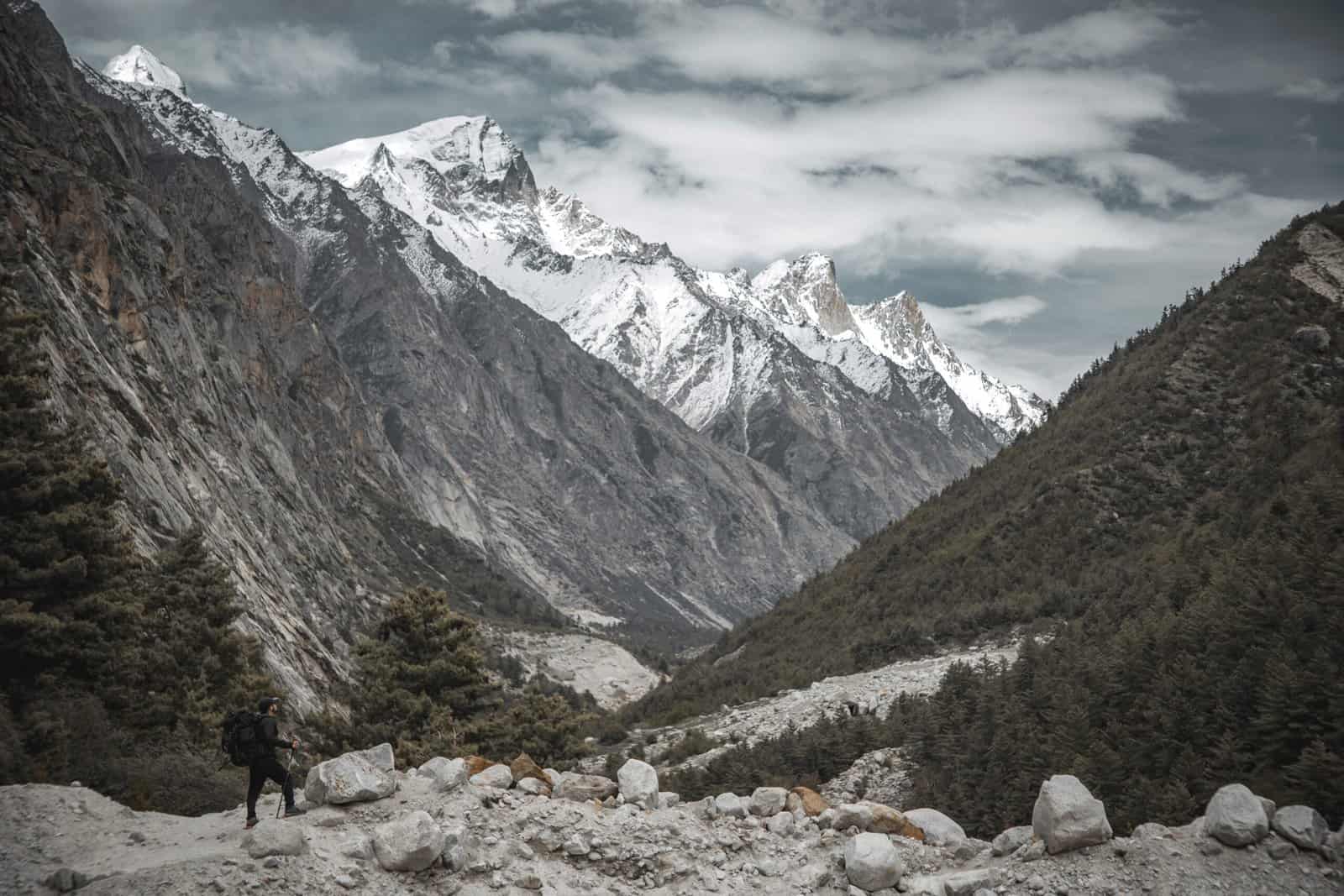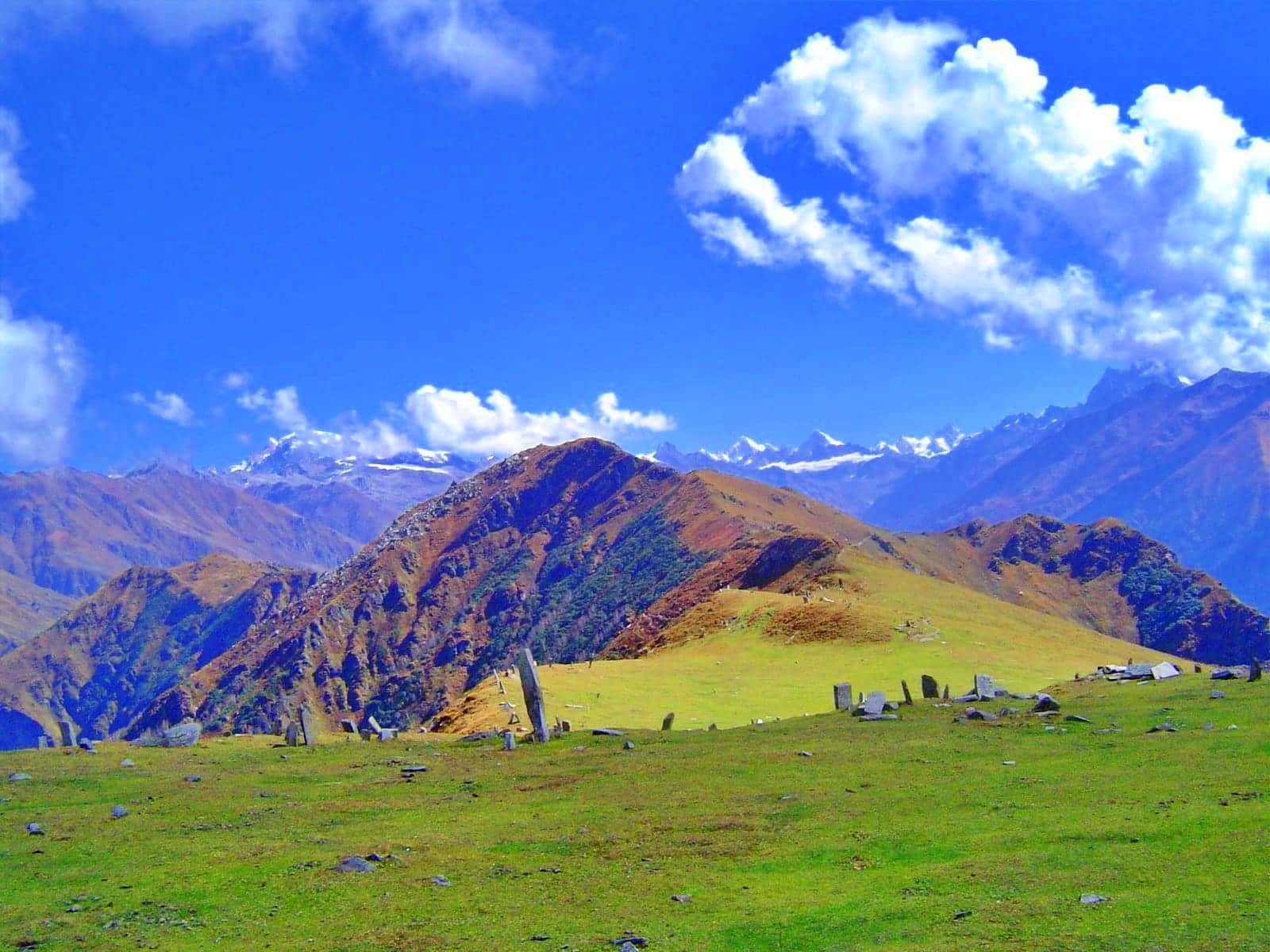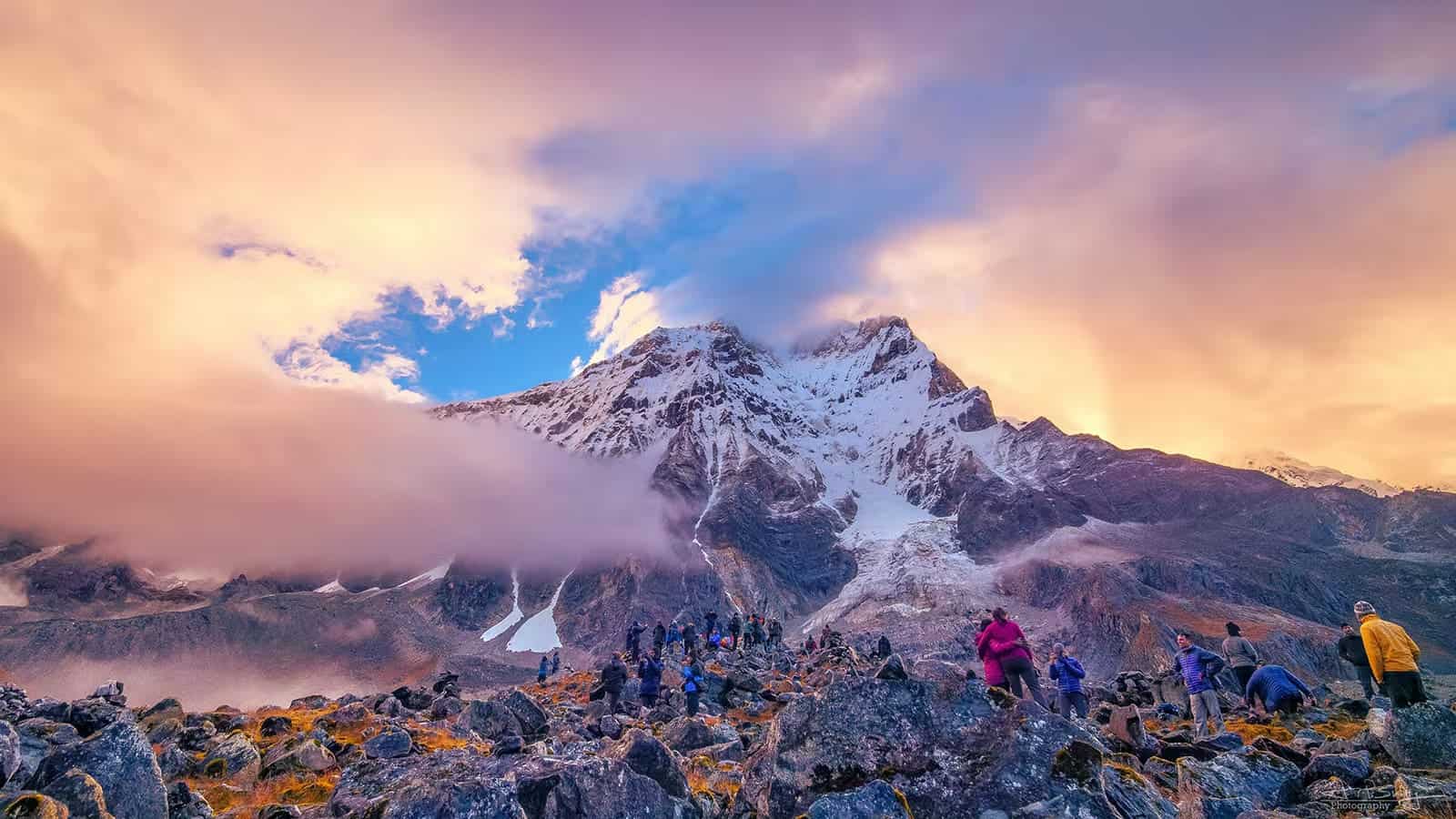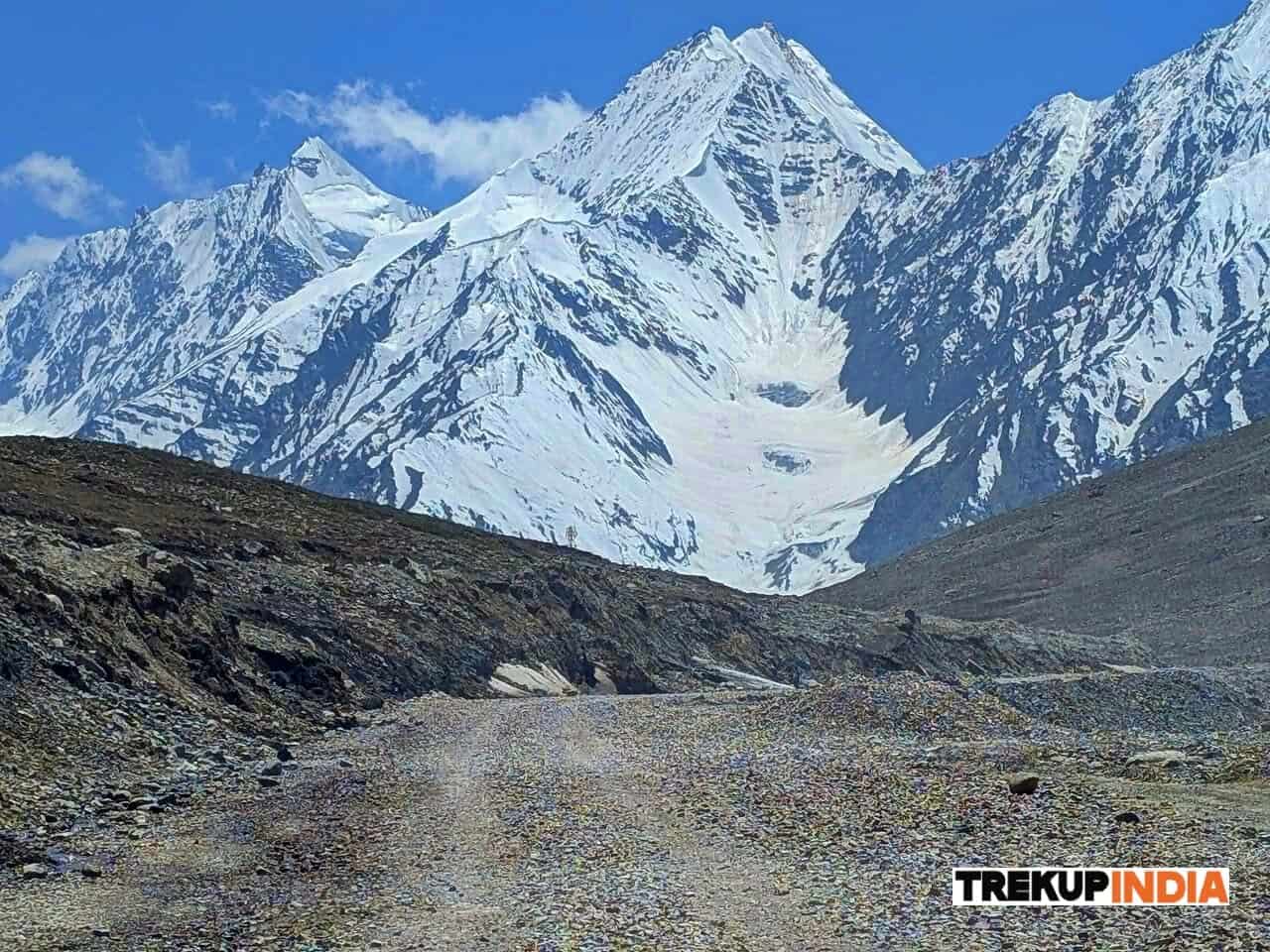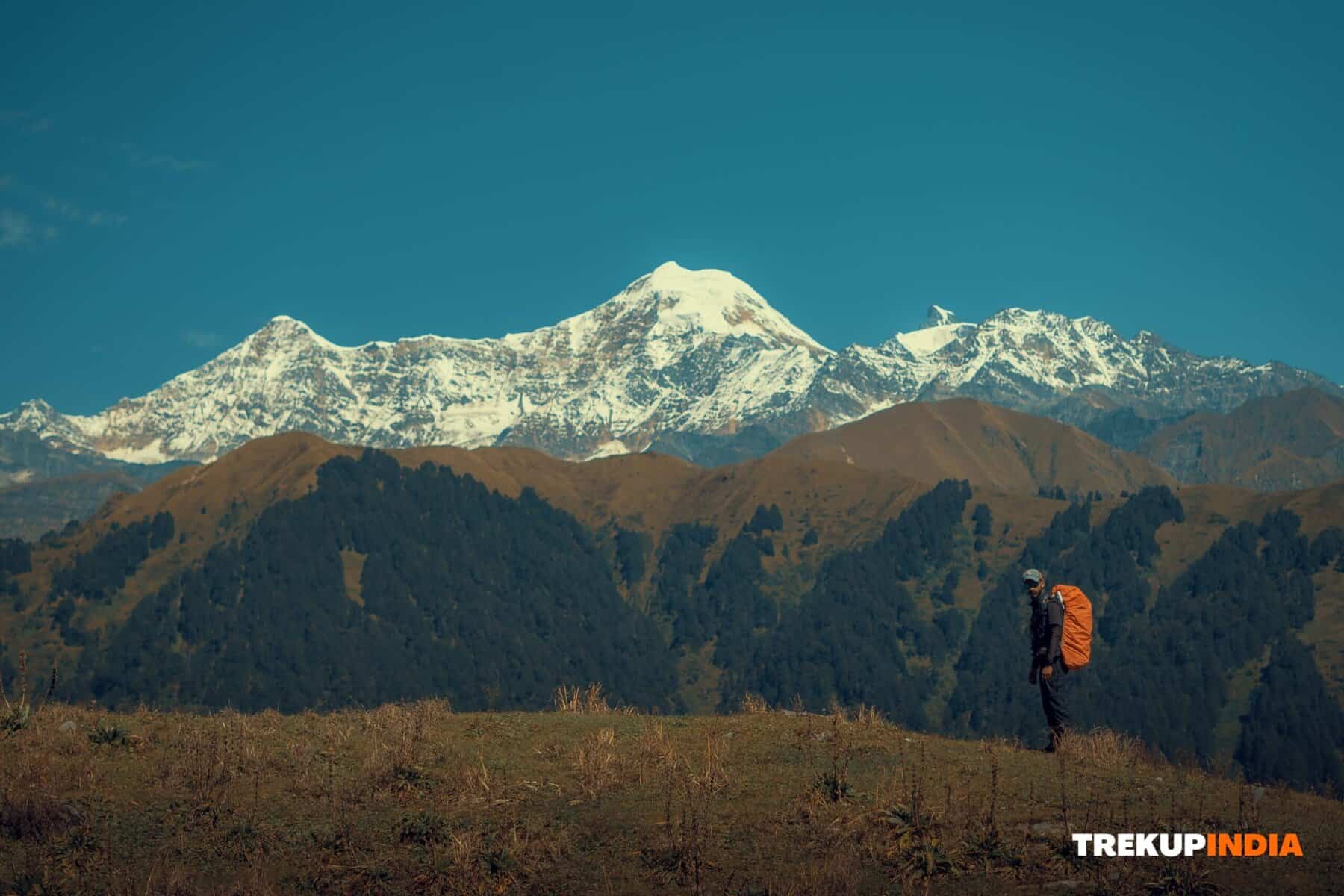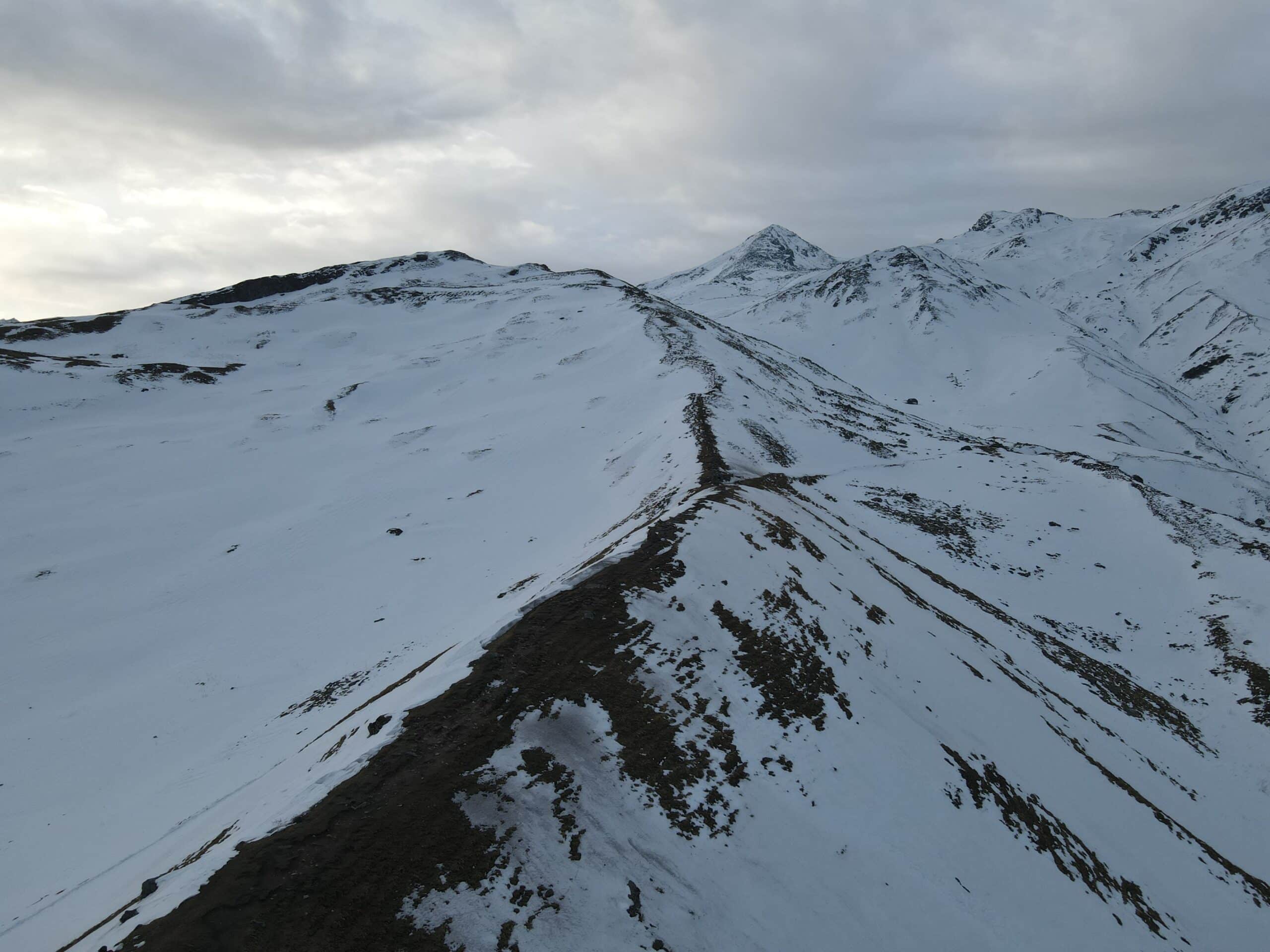Everest Base Camp with Gokyo Ri and Gokyo Lakes
Everest Base Camp with Gokyo Ri and Gokyo Lakes
Start your two-week adventure on the Everest Base Camp trek – an unparalleled two-week journey through the Khumbu region culminating at the base of the world’s highest mountain, Everest. Be amazed by magnificent vistas of iconic mountains like Everest, Lhotse, Makalu, Nuptse, Pumori, and Ama Dablam. Marvel at magnificent peaks such as Everest Lhotse Makalu Nuptse Pumori Ama Dablam among others as you traverse Khumbu region – not only mountain scenery but also traditional Nepali culture via visits to charming villages and mountain monasteries en route en route en route en route en route en route for visiting five glacial lakes that await adventurers along this trek route en route: Gokyo Lakes variation includes climbing to Gokyo Ri summit before traversing Cho La pass before visiting five glacial lakes.
Trek Itinerary of Everest Base Camp with Gokyo Ri and Gokyo Lakes
Day 1
Arrive at Kathmandu (4,593 ft)
Check-in at your pre-arranged hotel upon arriving in Kathmandu and explore its iconic landmarks, such as Boudhanath and Pashupatinath temples, while Thamel district should not be missed with its winding alleyways adorned with colorful prayer flags, lively eateries and eclectic shops selling maps, handicrafts and trekking essentials – not forgetting cozy cafes providing welcome respite from sudden downpours or gear for purchases before leaving India! Four days before departure, you will receive hotel details that contain exact addresses and contact details for this exciting adventure!
Day 2
Flight: Kathmandu to Lukla (2,850 m); Trek: Lukla to Phakding (2,852 m) – 7 km
Board a small plane from Kathmandu and travel over the mountains to Lukla in the Khumbu region. Sitting on the left side will give you breathtaking views out the window; Lukla is only accessible by air or on foot, with no roads leading directly there. As soon as you arrive at the airport, a cobbled stone footpath awaits, signaling the start of your forest trek journey. Before departing the village, make sure that you acquire your permits at the checkpost – be sure to keep these safely so they may come in handy during future excursions! The trek begins with an easy descent of 300m, followed by an effortless climb of just under 100m until reaching your overnight stop at Phakding. Along the trek, you may come across mani walls adorned with paintings or boulders covered with Tibetan Buddhist prayer inscribed upon them; prayer wheels may encourage clockwise spins for purification and prosperity on your journey, and prayer wheels invite people to spin them clockwise as you go along. At nightfall, rest up at one of Phakding’s guesthouses before enjoying another adventure tomorrow morning!
Day 3
Phakding to Namche Bazaar (3,440 m) – 11 km
As you embark on this challenging leg of your trek, you will experience your first taste of rugged terrain. Start by following the Dudh Kosi river, crossing it twice with Nepal’s iconic high suspension bridges. This path undulates gently with gentle climbs and descents, following Buddhist stones carved with intricate designs that dot the landscape. Be sure to stop for lunch in Monjo village, which marks the entrance to Sagarmatha National Park. Here, you will obtain your second permit, which will later be verified on your journey. Upon entering the park, descend a massive stone wall decorated with Tibetan prayers until reaching Bhote Kosi river and then Jorsalle village. As soon as one leaves the riverbank, the terrain becomes increasingly challenging, with a steep ascent through dense forests. After crossing one final suspension bridge high above a dramatic gorge, you’ll climb 600m through forest paths to Namche Bazaar – the commercial hub of the Khumbu region. If the skies are clear, perhaps even Everest itself may appear at one of the many scenic rest stops along your journey!
Day 4
Namche Bazaar to Khumjung (3,790m) – 3 km
On this day, we will ascend a gentle sloping trek to Khumjung village above Namche Bazar, known for its breathtaking panoramas of nearby mountains and valleys. To facilitate acclimatization, we have designed this day trip as briefly as possible; take in all of its scenic sights during afternoon and evening strolls!
Day 5
Khumjung to Dole (4,050m) – 9 km
Beginning your trek begins with a gradual decline, then an ascent out of the valley, marking your departure from the EBC trek and leading into more solitude along your trek. It’s likely to be noticeable, with fewer trekkers around providing an intimate experience along your path. As you traverse your way along the mountain’s slope, weaving your way through vegetation and trees, eventually you will reach Mongla – a charming village set on a ridge between two valleys with an ancient stupa greeting you on arrival. From Mongla, the trek descends 350m through winding forest paths before abruptly climbing 400m to Dole. En route, you will pass through various forests, rhododendron-filled areas, and partially frozen waterfalls.
Day 6
Dole to Machhermo (4,400m) – 5.5 km
After crossing a stream, your day’s ascent begins through a sparse landscape of scrubby bushes and stunted trees. As soon as you rise above treeline for the first time, the trek becomes increasingly serene – only the distant rumble of the river provides any noticeable sound. Keep an eye out for Nepal’s national bird, the Danphe – its colorful tail feathers making an imposing sight! This climb gains 400 meters before dropping 50 meters down into Machhermo village.
Day 7
Machhermo to Gokyo (4,765m) – 7 km
Today will involve some strenuous uphill climbing, but you will be rewarded with stunning views. Your 500m ascent will lead you along a river gorge where yaks may graze before crossing a bridge over the river that flows from Gokyo Lake’s initial lake and on to Longpongo and Taboche Tsho lakes; soon thereafter a gentle ascent brings you into Gokyo village located by Dudh Pokhari lake with Cho Oyu Mountain visible in the distance.
Day 8
Day Trek to 4th and 5th Gokyo Lakes
Today will be spent in Gokyo for an acclimatization day trek to visit the fourth and fifth Gokyo Lakes before returning for dinner in Gokyo.
Day 9
Gokyo to Gokyo Ri (5,357m) and Dragnag (4,660m) – 7 km
Start your day right by ascending Gokyo Ri’s 5,350m summit for breathtaking views of Cho Oyu, Everest, Lhotse, and Makalu as well as Ngozumpa Glacier! Our journey will continue. Once we’ve enjoyed our visit to Gokyo, we will gather our gear and head back towards Dragnag, traversing over Ngozumpa Glacier on the way. Journey Beginning on the ridge above Gokyo, with its last view of village, lake and surrounding peaks before descending onto glacier’s terminal moraine, we will navigate a series of ups and downs around glacier crevasses until reaching other side, then climb back up moraine before making gradual descent back into Dragnag where we’ll spend our final night together.
Day 10
Dragnag to Dzongla (4,800m) via Cho La Pass (5,350m) – 8 km
Today will be an exhausting yet rewarding day as we ascend Cho La Pass and descend towards Dzongla for some rest. Many consider this leg of our trek the toughest, as it entails ascents and descents across rough terrain. The climb to the pass itself may be intimidating, resembling an intimidating wall of boulders. As there’s no clearly defined path to follow on this difficult trek, it is essential that you stay close to your guide at all times and stick closely together as a group. Micro spikes may become necessary on snowy sections nearing the summit; afterwards, the descent becomes steep before leading onto a glacier, then rocks before eventually levelling out gradually until reaching Dzongla and being able to relax and recharge after approximately 7 hours of hard climbing.
Day 11
Dzongla to Lobuche (4,950m) – 6 km
Clear skies are necessary to fully appreciate the breathtaking vistas that unfold as you ascend out of the river valley below Dzongla and traverse its mountainsides. Cholatse Tso Lake comes into view, glittering like an eyedropper. Further on comes Ama Dablam and other towering peaks; be sure to have your camera ready! Once completed on this scenic traverse, rejoining the main Everest Base Camp trek, ascend 200 meters gradually before arriving in Loboche village.
Day 12
Lobuche to Gorakshep (5,150 m) Evening trek to Kalapatthar (5,545 m) – 7 km
Today’s journey will consist of two parts, beginning with the trek from Lobuche to Gorakshep and then an out-and-back trek from there to Kalapatthar. This section includes steep inclines and declines along the Khumbu glacier in its initial stretch, before heading onto an out-and-back trek afterwards. After three kilometres of gradual ascent, the trek descends 50m to reach a glacier in a nearby valley. Another short but sharp ascent then brings rewarding views of Khumbu Glacier and Mount Everest itself. Descending around the ridge, you reach Gorakshep by midday. This small village only operates during tourist season, and after trekking to Kalapatthar’s summit for stunning views of Mount Everest, you will return to Gorakshep for the night.
Day 13
Gorakshep to Pheriche (4,371 m) after Kala Patthar (5,645m) 6-7 Hours
Today’s itinerary involves trekking to Everest Base Camp (EBC) in two stages. First, we will begin trekking with daypacks, encountering various elevations along the way. After approximately 90 minutes of walking, you will reach a ridge offering stunning panoramic views of Khumbu Glacier beneath you; at that point, colourful tents pitched near Lhotse, Nuptse, and Mount Everest signify your arrival at EBC. Following a short descent along lateral moraine steps onto glacier you’ll stand beneath world’s highest peak; after which we return to Gorakshep to retrieve belongings then return to Pheriche and head back through history once more before finally returning through to Gorakshep for one last trek back towards Gorakshep before we retracing our steps back to Pheriche where we departed earlier from Pheriche for Pheriche for one last trek back outing of course!
Day 14
Pheriche to Namche Bazaar (3438 m) 6-7 Hours
Today brings much-needed respite from the relentless climb, as the trek begins its gradual descent towards Dughla and its memorials to fallen Sherpas and Everest climbers, serving as testaments to this mountain’s power. Day three’s scenery begins with breathtaking vistas of Pumori, Cholatse, Nuptse, and Lobuche East before making a sharp 250m drop into Thokla village. The path then meanders down towards the valley floor, passing lush meadows and yak grazing areas on its journey before traversing scrubby terrain to Pangboche with breathtaking views of Ama D. From there, an easy descent through forested slopes leads down into Deboche and Tengboche’s revered monastery town, home to one of Nepal’s largest monasteries and Rimpoche himself. As soon as you leave Tengboche, the trek plunges 550m down through a corridor of prayer wheels before crossing another river and ascending 300m, passing ancient stupas and scenic viewpoints en route to Kyangjuma village. From here on out lies an undulating path that follows along mountain ridges for stunning views of distant valleys and towering peaks.
Day 15
Namche Bazaar to Lukla (2,850 m) – 18 km
Retrace your steps back to Lukla, beginning with the steep descent from Namche Bazar and winding through various inclines and declines until reaching Monjo near the mani stones, where permit card
checks should have been completed a week earlier. From here, continue through Phakding and onto Lukla itself by way of Phakding and Phakding before culminating your trek by ascending out of the forest into Lukla village itself.
Day 16
Flight: Lukla to Kathmandu (1,330 m)
Today you’re heading back to Kathmandu! Ensure your seat on the right-hand side of the plane offers breathtaking views as you head home. Enjoy time at your hotel, unwinding or venturing out in search of souvenirs and Nepalese items to give as gifts for family members back home. Stay overnight in Kathmandu.
Day 17
Departure from Kathmandu
Your trek comes to an end today in Kathmandu, and now is your opportunity to savour its wonders or begin planning for departure. It is advised to set aside an additional day here as flights from Lukla can sometimes be disrupted due to unpredictable weather patterns. Whatever plans lie ahead after this incredible experience, take time today to appreciate all that you’ve accomplished and savour this wonderful sensation – you deserve every bit of praise you receive for this monumental achievement.
Trek Highlights of Everest Base Camp with Gokyo Ri and Gokyo Lakes
- Visit Everest Base Camp (5,364m). At the foot of the highest mountain in the world lies Everest base camp (5,364m).
- Trek to Gokyo Ri (5.357 m) for stunning panoramic views of Everest, Lhotse, Makalu, and Cho Oyu mountains above 8,000m.
- Discover the Five Sacred Gokyo Lakes – amongst some of the tallest freshwater lakes worldwide.
- The Cho La Pass is an epic 5,420m high mountain pass offering stunning, breathtaking scenery and high-altitude adventures.
- Ngozumpa Glacier, Nepal’s largest glacier, is an incredible place for exploring. A great walking spot.
- Experience Sherpa culture by visiting villages such as Namche Bazaar, Dole, and Gokyo.
- Trek to Kala Patthar (5545m) for the best view of Everest.
How To Reach Everest Base Camp with Gokyo Ri and Gokyo Lakes
Starting Point: Lukla via flight from Kathmandu.
By Air: Flight Times from Kathmandu to Lukla (30 mins). At peak seasons, flights are sometimes routed via Ramechhap (5-6 hours away from Kathmandu).
By Road: As an option, driving to Jiri or Phaplu and trekking an additional 4-5 days on foot to Lukla may also be considered.
Best Time to Visit Everest Base Camp with Gokyo Ri and Gokyo Lakes
Spring: Mild temperatures, blooming rhododendrons, and clear skies all combine for the ideal spring climate. Autumn Season (September to November). Excellent weather, excellent visibility, and dry roads make for an exceptional driving experience.
Dates For Upcoming Treks
Want To Trek Like Pro?
Basically, watch these videos if you want to trek the same way professional trekkers do and make your skills better. These videos contain useful tips and techniques to further improve your trekking skills itself. These videos actually help both new and experienced trekkers improve their trekking skills. These videos definitely provide useful tips that make your trek better. We are seeing that these videos by Trekup India experts will only help you make your trekking skills better.
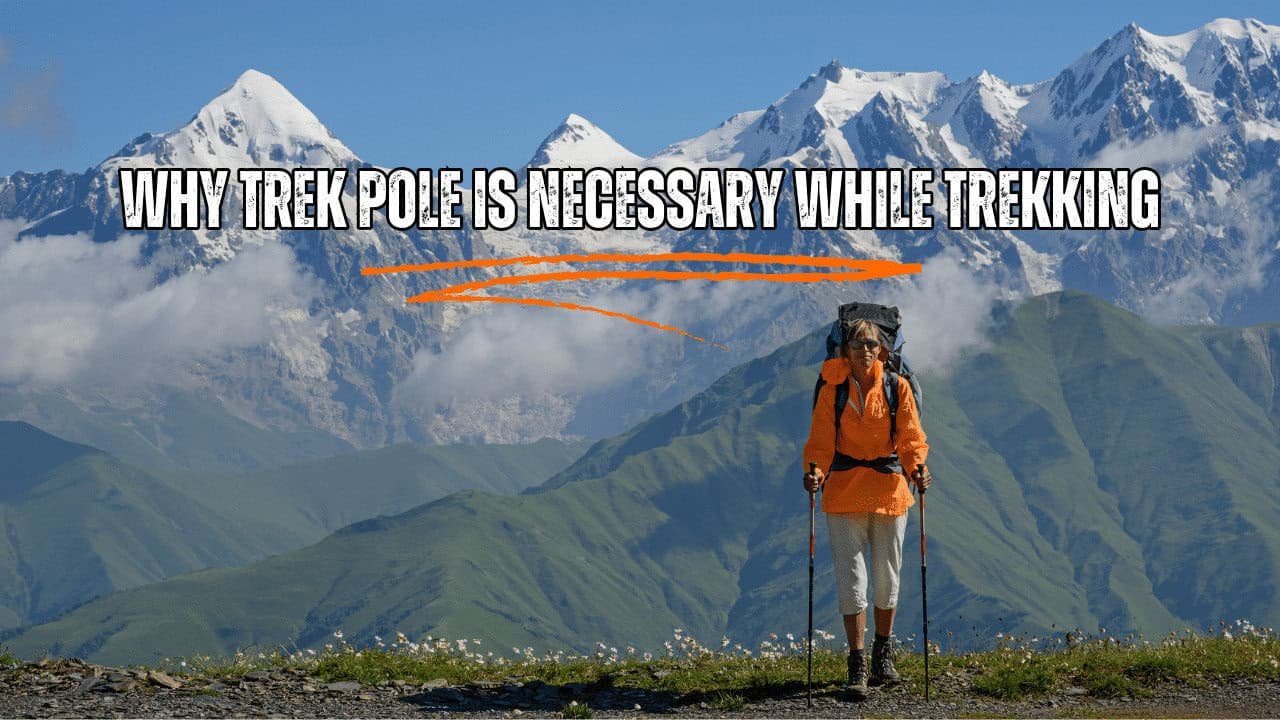
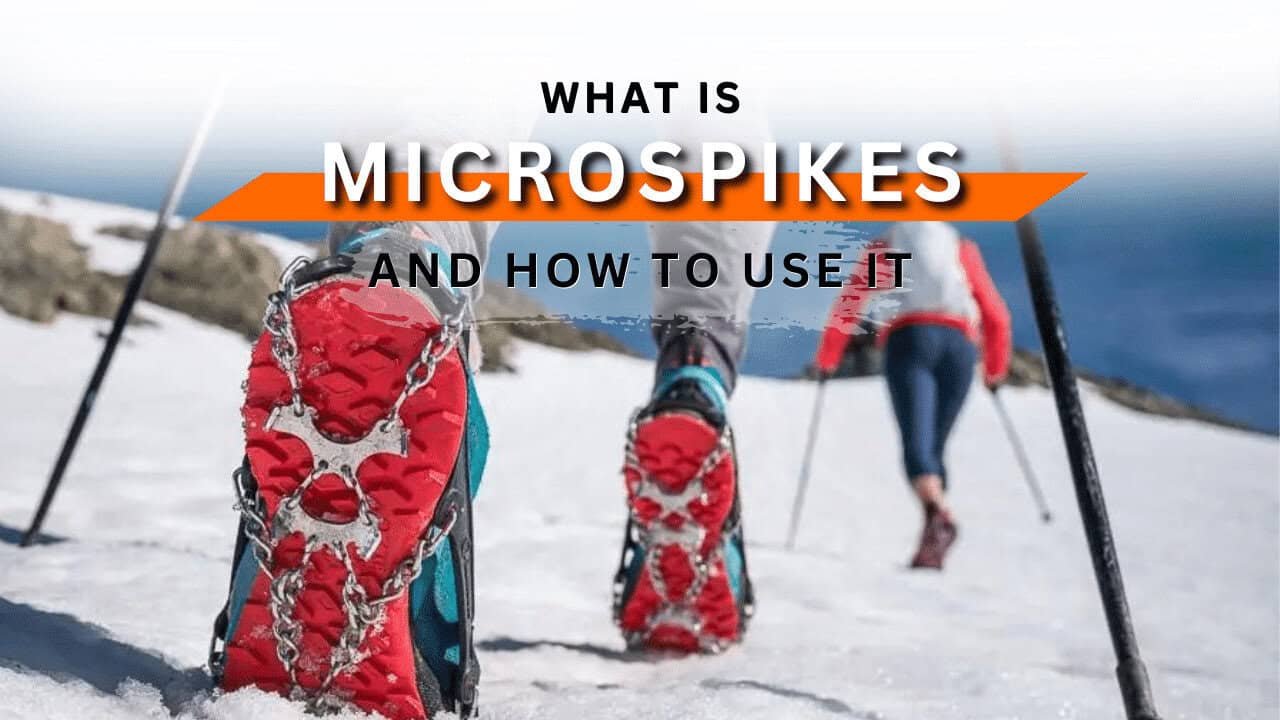
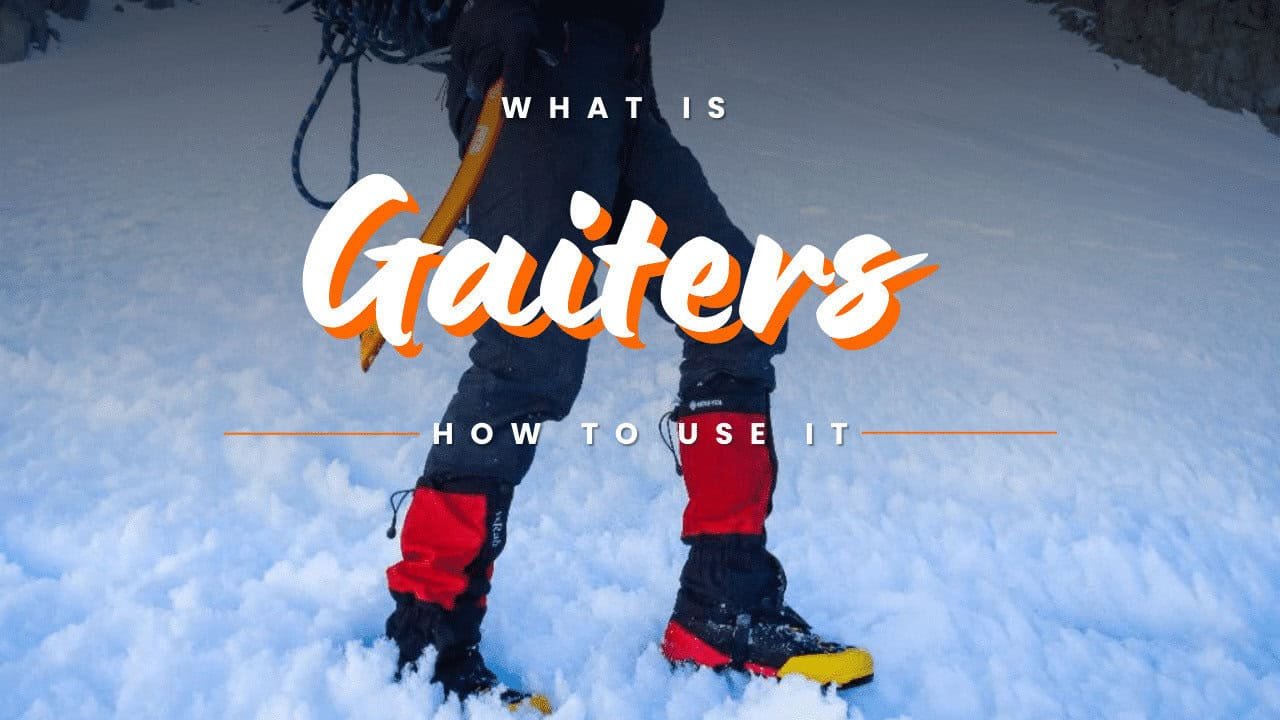
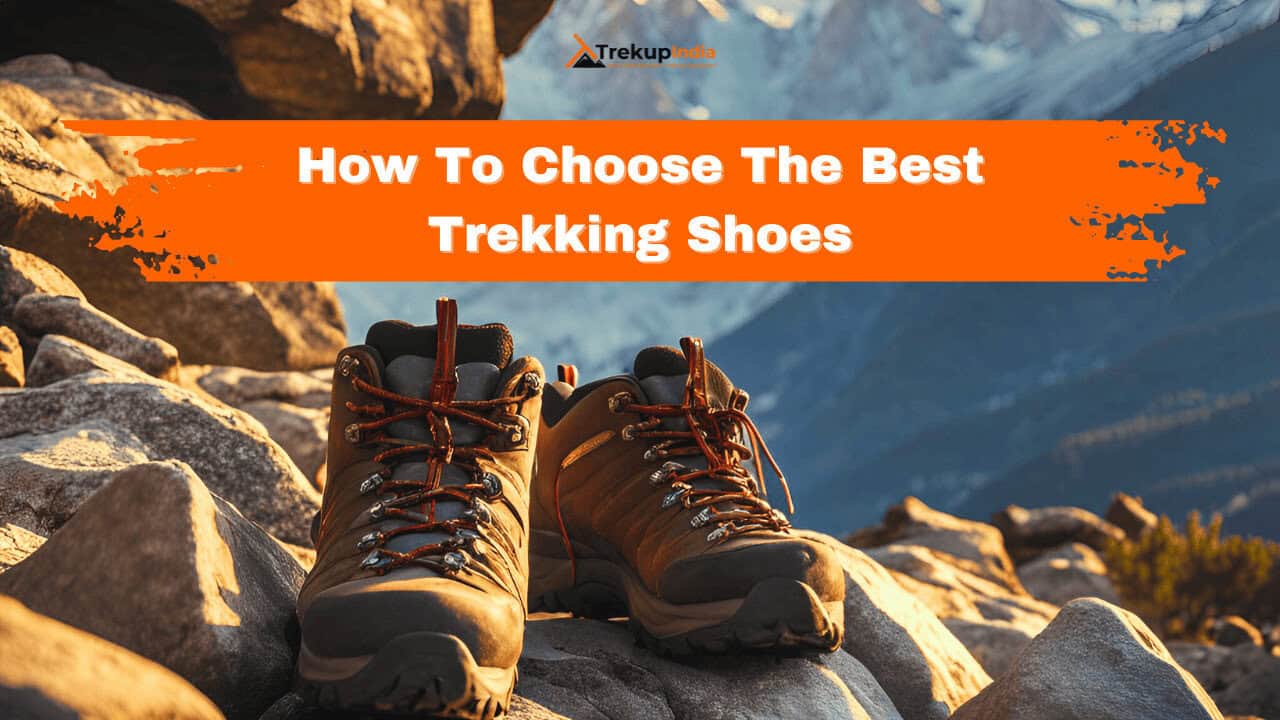

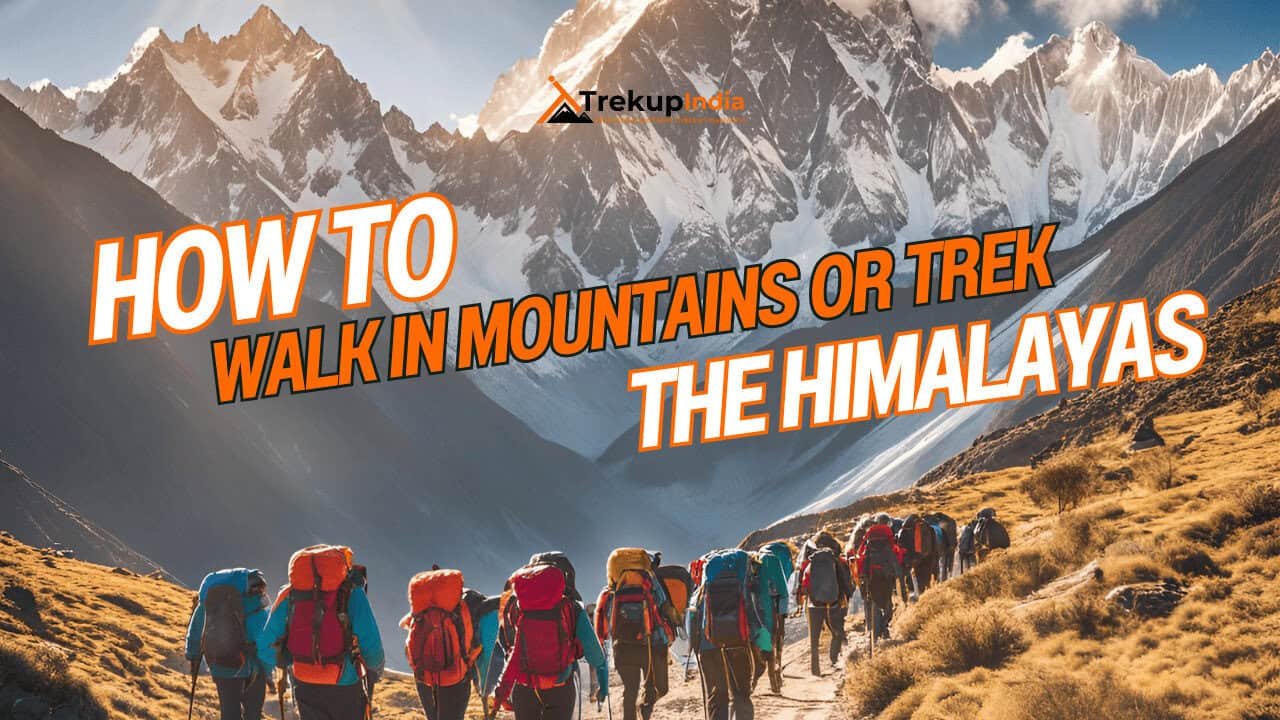

Know Everything About Acute Mountain Sickness
Acute Mountain Sickness occurs when people trek to high altitudes above 8,000 feet. This condition itself develops further due to reduced oxygen levels at such heights. Basically, as you go higher up, the air pressure and oxygen levels decrease, which causes the same problem. Acute Mountain Sickness surely causes headache, nausea, vomiting, and dizziness in affected persons. Moreover, peoples also experience difficulty in sleeping during this condition. To avoid mountain sickness, you should actually trek up slowly to higher altitudes. To learn further about this condition itself, watch the videos by Trekup India.
